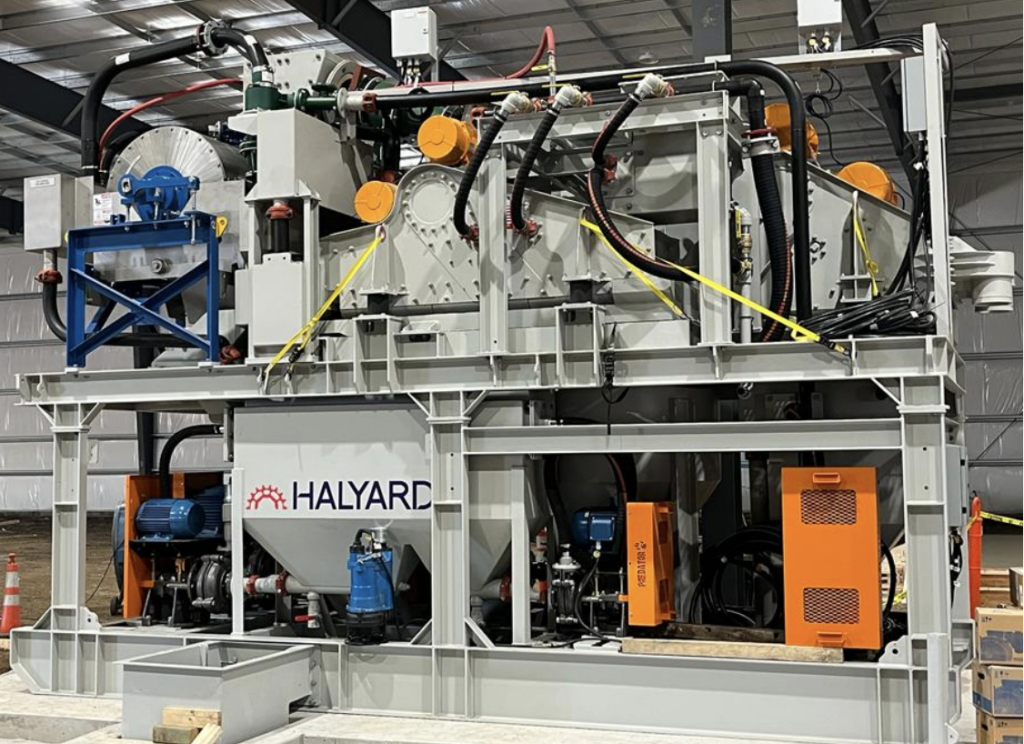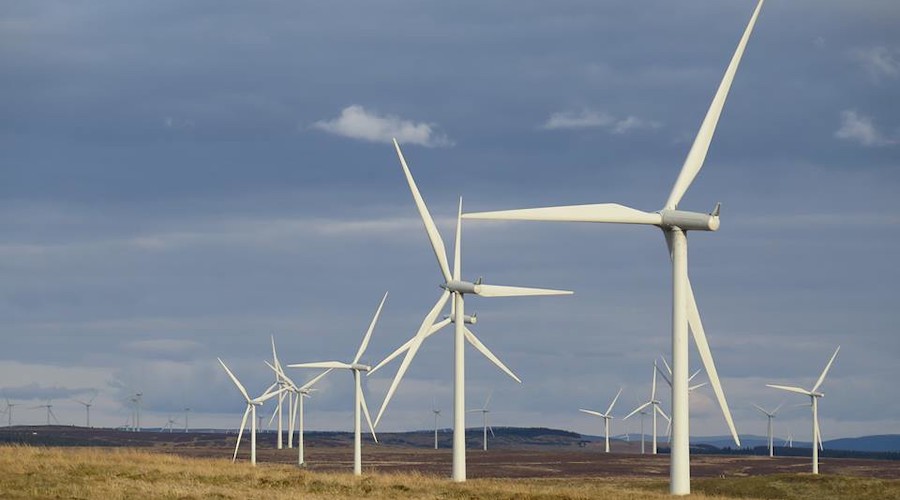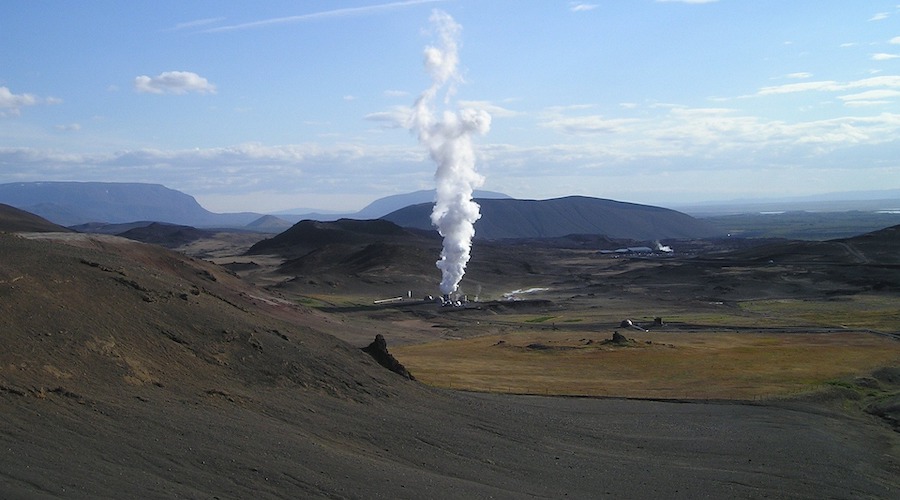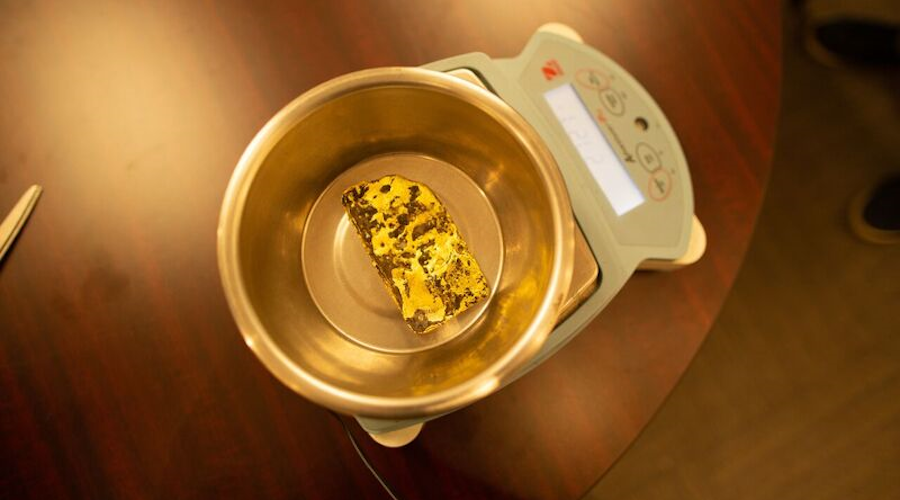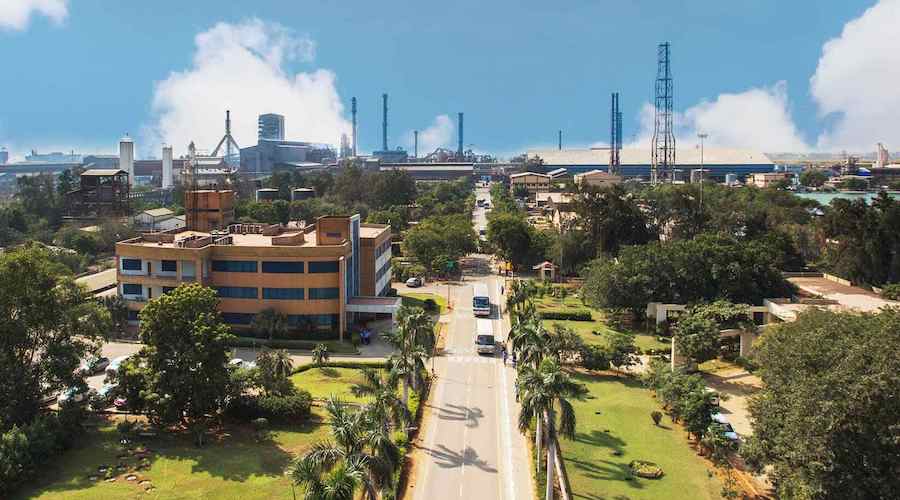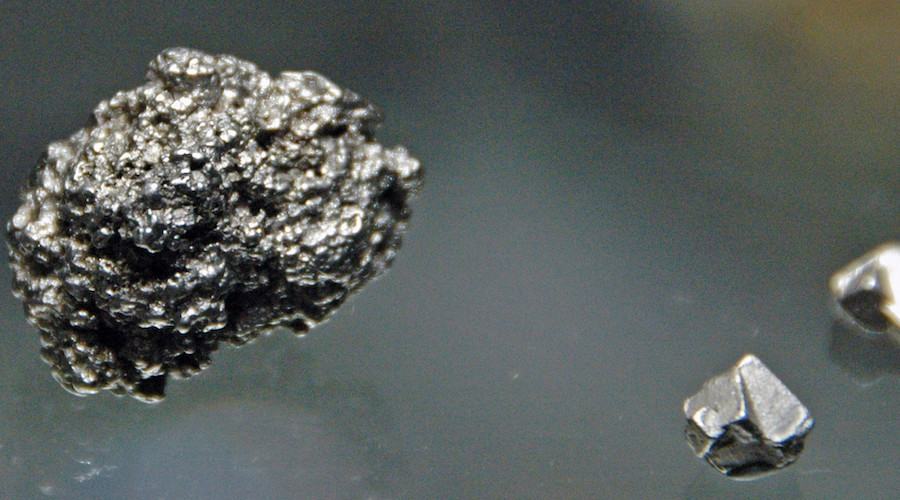U.S. Gasoline Demand Increasing, Not Waning
U.S. gasoline demand increased by 5.5 percent on Sunday compared to the previous Sunday and was 11.4 percent higher than the average U.S. demand of the past four Sundays, according to data from fuel-savings app GasBuddy.
In the week between June 12 and June 18, U.S. gasoline demand jumped by 6.3 percent from the prior week and was 7.4 percent above the rolling four-week average.
“It was the highest week of 2022,” Patrick De Haan, head of petroleum analysis at GasBuddy, said on Sunday.
Over the past week, U.S. national average gasoline prices fell for the first time in nine weeks, GasBuddy said on Monday.
Per GasBuddy data, weekly gasoline prices fell by 4.2 cents from a week ago to $4.97 per gallon on Monday. Still, the national average is up 37.3 cents from a month ago and $1.92 per gallon higher than a year ago.
“Finally some relief! For the first time in nine weeks, gasoline prices have fallen, following a broad sell-off in oil markets last week, pushing the national average back under the $5 level with most states seeing relief at the pump,” De Haan commented on Monday.
“I’m hopeful the trend may continue this week, especially as concerns appear to be mounting that we may be on the cusp of an economic slowdown, putting downward pressure on oil. But the coast isn’t yet entirely clear. We could see the national average fall another 15 to 30 cents, if we’re lucky, by the time fireworks are flying, barring any unexpected shutdowns at a time when the market is extremely sensitive to such.”
The Biden Administration is desperate to see $5 a gallon prices drop, and its latest idea is a gas tax holiday. The U.S. Administration is considering a temporary pause of the federal gas tax as a tool to reduce prices at the pump, Energy Secretary Jennifer Granholm said this weekend in an interview with CNN.
By Tsvetana Paraskova for Oilprice.com
